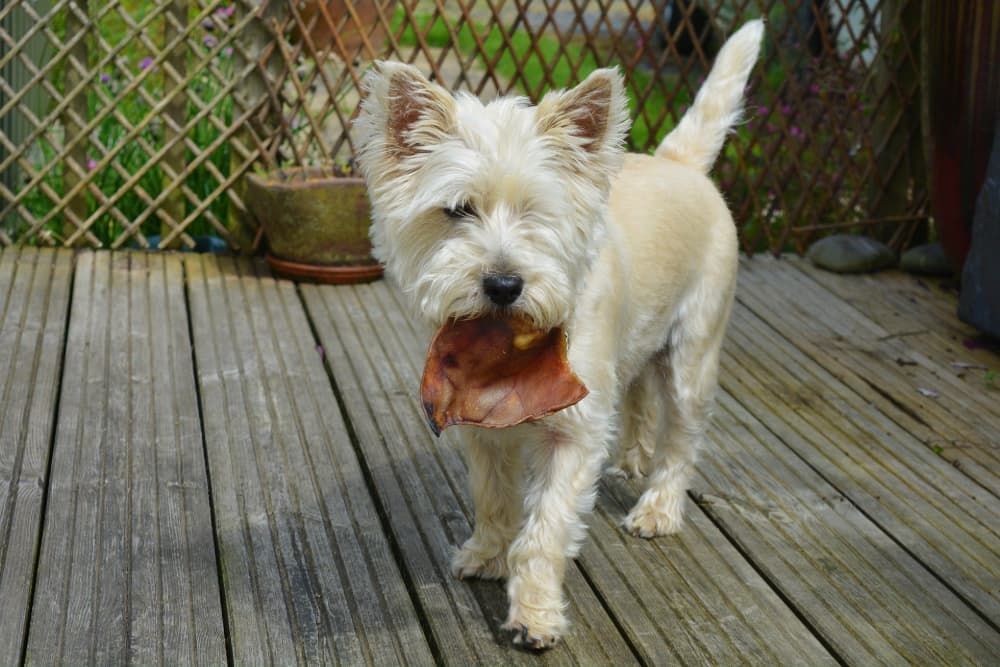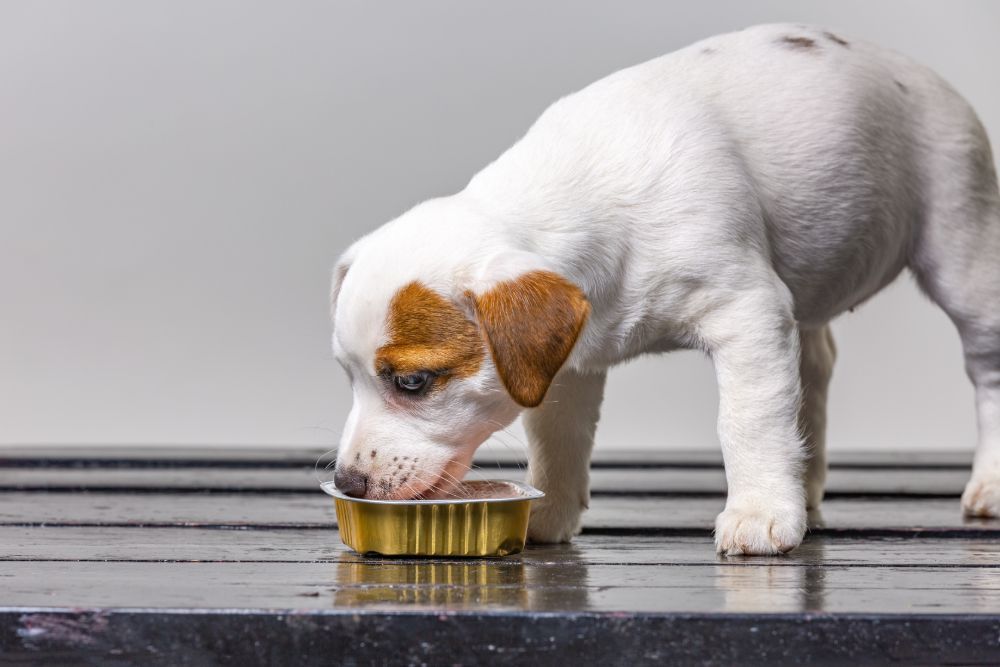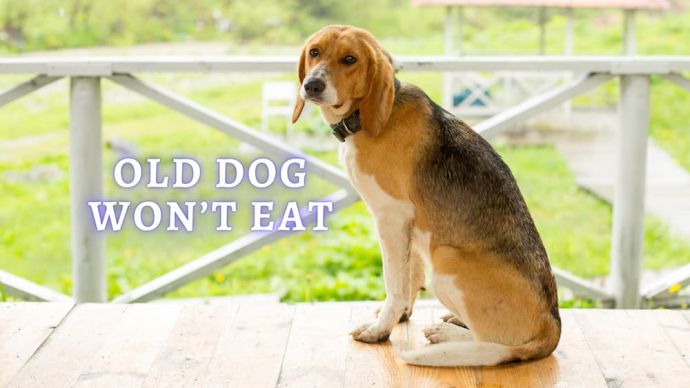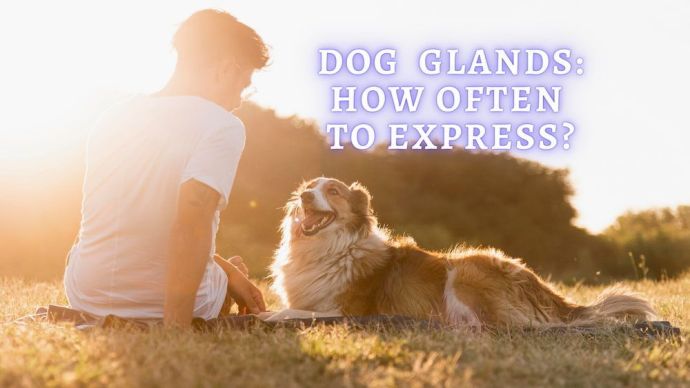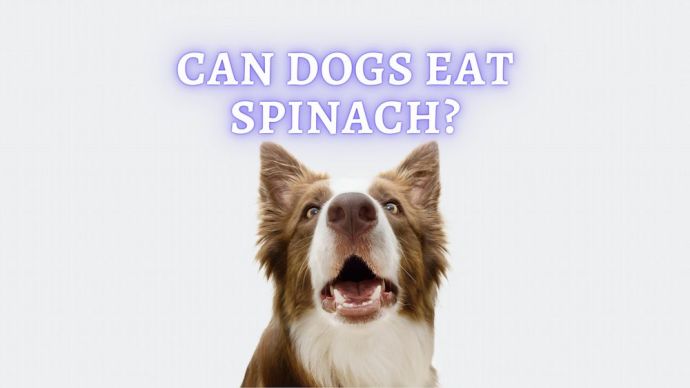Wet vs. Dry Dog Food [Infographic]
Written by:
Author: Vicki Smirnova
Vicki Smirnova is a professional writer and editor who adores animals and helps readers get along well with their pets. She has been working in digital media for more than 5 years and has great experience writing content about lifestyle, including pets. Vicki specializes in dog health and nutrition, cat feeding, dog training. She is an aquarium lover and is passionate to write about fish care at home. Also, Vicki headed several websites and worked as a news editor.
View all 244 articlesLearn about our editorial process and veterinary review board.
Reviewed by:
Veterinary review
by Dr. Kathryn Dench
Dr. Kathryn Dench is an experience veterinary with over 10 years' experience in small animal and exotic pet medicine. Kate qualified from Cambridge University Veterinary School in 2007. Kate has worked in a number of veterinary practices in the UK. She has extensive experience in the medical care of pet species, from dogs and cats to chickens and chameleons! In free time, Kate writes pet advice in order to ensure that owners are receiving the best possible information on how to care for their pets.
View all 9 articlesLearn about our veterinary review board
Viewed: 431
Updated on: 02/23/2021
Dry and wet foods have their pros and cons — let’s try to understand them.
When choosing the type of food for their dog, owners often cannot choose between canned and dry diets. The benefit of a ready-made commercial diet depends not on whether it is wet or dry, but the composition of the product. We can’t say that all wet foods are better than dry ones, or vice versa. Each type has its advantages. Also, do not forget about the individual preferences of the pets themselves
READ MORE: Best Fresh Dog Food Delivery Service
Dry Food
For optimal nutrition, the feed must contain all the necessary nutrients, microelements, and macronutrients, vitamins, and fiber. Many dry food diets that you can buy in the store are “complete diets”, or full-fledged in their composition, and are suitable for the dog’s main menu. High-quality dry food consisting of 75%-85% of various animal protein sources is definitely more nutritious than some canned foods that contain almost no protein.
Add to your website<p><img loading="lazy" src="https://img.thepets.net/wp-content/uploads/wet-vs-dry-dog-food.jpg" srcset="https://img.thepets.net/wp-content/uploads/wet-vs-dry-dog-food-large.jpg 1000w, https://img.thepets.net/wp-content/uploads/wet-vs-dry-dog-food-medium.jpg 690w, https://img.thepets.net/wp-content/uploads/wet-vs-dry-dog-food-small.jpg 345w" alt="" alt="Wet vs Dry-Dog Food"><br>Source: <a href="https://thepets.net/wet-vs-dry-dog-food/">ThePets.net</a></p>Advantages of Dry Food
Saving
Buying and feeding your pet dry food significantly reduces costs. Dry food has an attractive price, and a standard package of high-quality, nutritious food can last a long time.
Storage
Dry food is very convenient to store. You can buy a package with a zip lock or pour dry food into a sealed storage container – and the quality of the feed will not decrease even with long-term storage. The container must be tightly closed with a lid, thus preventing air from entering. It is also much easier to take dry food with you on the road.
Balanced Composition
Complete dry dog food diets are balanced in their composition; that is, they contain all the necessary substances for dogs in the correct ratio.
Taking care of your Pet’s mouth
Dry pellets of food can help to clean plaque from the teeth and maintain the health of your dog’s mouth.
Many types and Manufacturers
You can easily choose a dry food that is most suitable for your pet. In addition to classic diets, there are lines for sterilized animals, for allergy sufferers, animals with sensitive digestion, prone to various diseases, and even breed lines.
Disadvantages of Dry Food
Low Moisture Content
When feeding dry diets, you need to make sure that the pet uses enough liquid. For example, if a dog eats dry food but drinks very little water, the risk of dehydration and subsequent kidney or digestive problems increases.
Monotonous for Pet
However, this perspective on diet variety is a human concept, and most dogs will happily eat the dry food provided for them day-in-day-out without complaint.
READ MORE: The 25 Best Wet Dog Food (Vet Approved Review)
Wet Food
Wet food can be canned, in jars or sachets, or in the form of fresh meat, which can be more appealing to dogs. The reason for this is clear and straightforward — a product with a natural moisture content smells more robust, and animals instinctively perceive wet food as more familiar. Therefore, they rarely need encouragement to eat wet food. Your pet will also be able to get moisture from food.
Advantages of Wet Food
Compliance with Natural eating Habits
In nature, dogs eat meat, and wet food is as close as possible to this type of food.
Maintaining Water Balance
Wet food increases the amount of liquid consumed per day, reducing the risk of intestinal diseases and normalizing the metabolism in your dog’s body.
High Palatability
Pets love wet food in sachets and canned wet food. They smell attractive, and the meat pieces and delicious sauce can attract any dog.
READ MORE: Best Dog Food for Small Breed Puppies
Disadvantages of Wet Food
Short Shelf Life
Wet food quickly deteriorates. If the pet does not eat the entire portion and leaves part of the food in the bowl, then the remaining food will have to be thrown away. Wet food in a bowl quickly dries up, and the remains have to be thrown out immediately after eating.
Cost
Feeding wet food, especially to medium and large dogs, will cost the owner dearly. However, this depends on the size and appetite of your pet.
Necessary procedures for Pet’s mouth
Wet food, of course, cannot mechanically clean your dog’s teeth, so the owner needs to take preventive measures to preserve the health of the pet’s mouth.
Balance
Many wet foods are complementary, rather than complete, feeds, meaning they do not have the correct nutritional balance to be the main diet of your pet. These foods should serve as an additional, rather than the leading food for the dog. This is also true of raw meat diets, which should be properly researched and the recommended supplements added because meat does not provide all the micronutrients needed by your pet.
Mixed Feeding
Because ready-made food is presented in two types: dry and wet, you can diversify your pet’s diet.
How to Feed a mixed Diet
Mixing dry food and wet food in your pet’s diet can be done in several ways:
The first option:
- First feeding: dry and then wet food.
- Second feeding: dry and then wet food.
Second option:
- First feeding: only dry food.
- Second feeding: wet food.
Whichever method you choose, it is essential to correctly calculate how much food to give your dog to avoid under-nutrition or obesity. Whether wet or dry, complete diets will have daily feeding guidelines on the packaging, based on your dog’s weight. If you plan to mix wet and dry food, for example, half wet and half dry, the dog should get half the daily allowance of each type of food each day. Obesity in dogs causes a range of health conditions in dogs, some of which can be very serious, so controlling our dog’s food intake is crucial in responsible dog ownership.
Proper nutrition is the foundation of your pet’s health and well-being, and you need to plan your diet with appropriate responsibility. Each owner will be able to organize feeding in a way that is convenient to them and of benefit to the pet.
Feeding food from a human table is not recommended for several reasons. Firstly, it establishes terrible habits in your pet, who will associate your family eating with receiving “tid-bits”. Secondly, it is hard to measure the calorie content of table scraps accurately, and even modest sharing of human food can directly lead to obesity in our pets because of excess calorific intake. Thus, feeding human food has more disadvantages than the most modest prepared food for the health of our dogs.
The dog owner’s task is to choose the right food and diet for their pet according to their individual needs and physiology. You can consult a veterinarian about the correct feeding of your dog if you are in doubt about your choice of diet.
 Dog Care Why Is My Dog Bleeding From Its Butt? Causes and treatment of rectal bleeding in the dog
Dog Care Why Is My Dog Bleeding From Its Butt? Causes and treatment of rectal bleeding in the dog - 22096
- 0
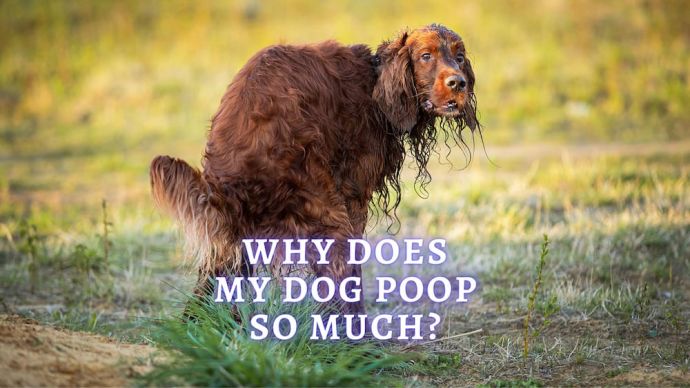 Dog Care Why Does My Dog Poop So Much? Determining A Healthy Poop Schedule For Your Dog
Dog Care Why Does My Dog Poop So Much? Determining A Healthy Poop Schedule For Your Dog - 184
- 0
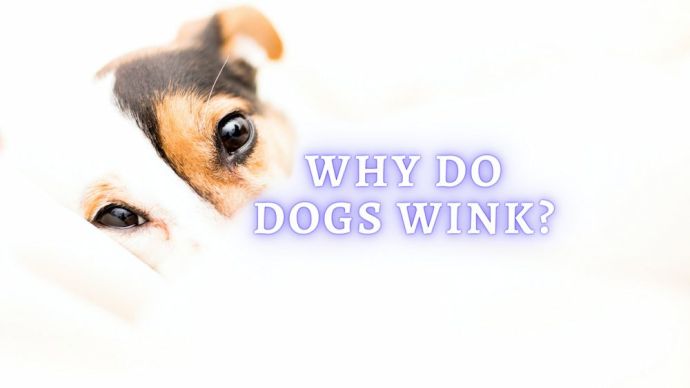 Dog Care Why Do Dogs Wink? Health and Behavioral Reasons Why Do Dogs Wink At You
Dog Care Why Do Dogs Wink? Health and Behavioral Reasons Why Do Dogs Wink At You - 1020
- 0
 Dog Veterinary Tips Why is my Dog throwing up: Causes and Preventing (Veterinary Advice)
Dog Veterinary Tips Why is my Dog throwing up: Causes and Preventing (Veterinary Advice) - 23425
- 5
 Dog Care Why Is My Dog Bleeding From Its Butt? Causes and treatment of rectal bleeding in the dog
Dog Care Why Is My Dog Bleeding From Its Butt? Causes and treatment of rectal bleeding in the dog - 22096
- 0
 Dog Care My Dog Keeps Scratching His Mouth: Reasons Why Your Dog Scratching Face
Dog Care My Dog Keeps Scratching His Mouth: Reasons Why Your Dog Scratching Face - 17562
- 1













